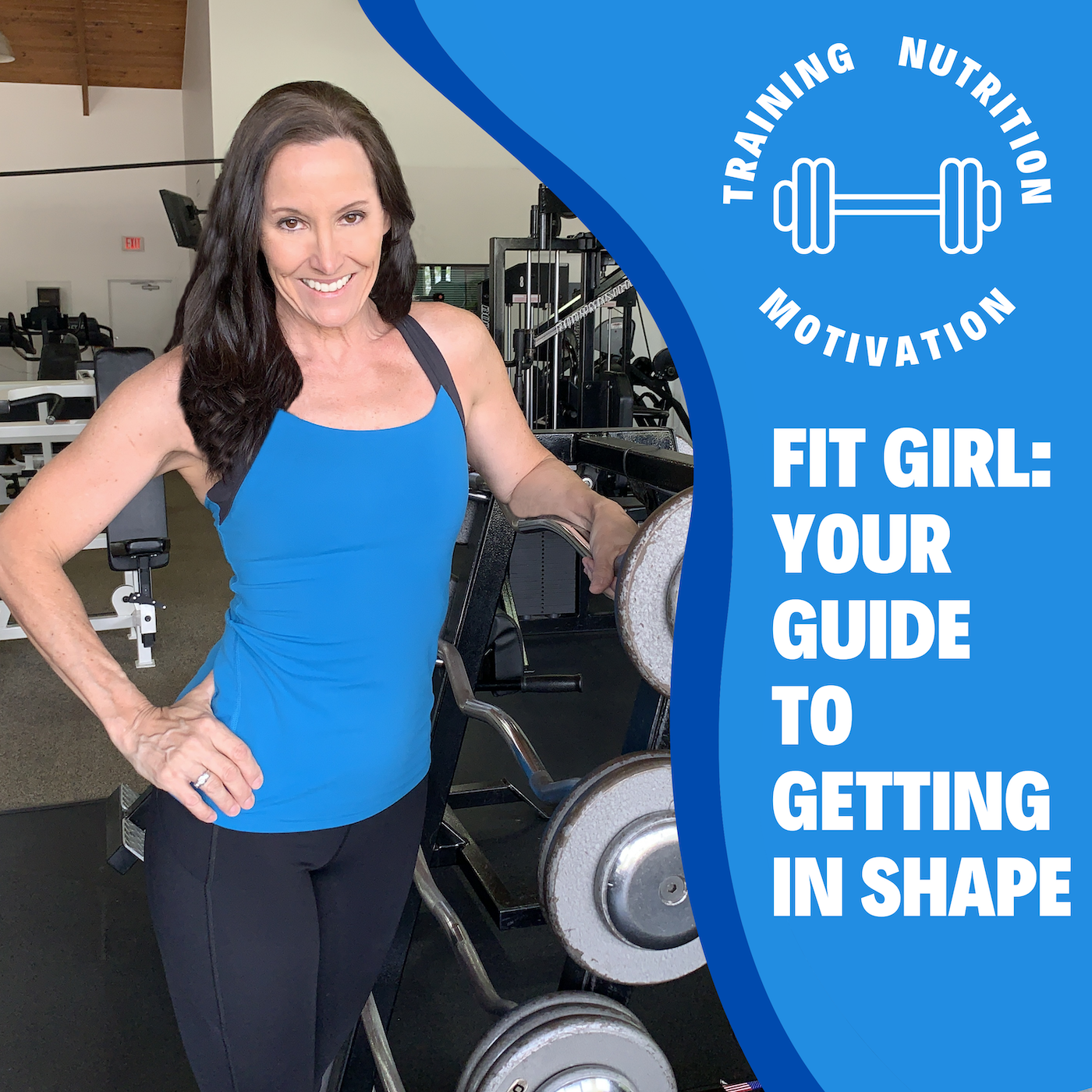- Health
- SEE MORE
- classical
- general
- talk
- News
- Family
- Bürgerfunk
- pop
- Islam
- soul
- jazz
- Comedy
- humor
- wissenschaft
- opera
- baroque
- gesellschaft
- theater
- Local
- alternative
- electro
- rock
- rap
- lifestyle
- Music
- como
- RNE
- ballads
- greek
- Buddhism
- deportes
- christian
- Technology
- piano
- djs
- Dance
- dutch
- flamenco
- social
- hope
- christian rock
- academia
- afrique
- Business
- musique
- ελληνική-μουσική
- religion
- World radio
- Zarzuela
- travel
- World
- NFL
- media
- Art
- public
- Sports
- Gospel
- st.
- baptist
- Leisure
- Kids & Family
- musical
- club
- Culture
- Health & Fitness
- True Crime
- Fiction
- children
- Society & Culture
- TV & Film
- gold
- kunst
- música
- gay
- Natural
- a
- francais
- bach
- economics
- kultur
- evangelical
- tech
- Opinion
- Government
- gaming
- College
- technik
- History
- Jesus
- radio
- movies
- services
- Church
- podcast
- Education
- international
- Transportation
- Other
- kids
- podcasts
- philadelphia
- Noticias
- love
- sport
- Salud
- film
- and
- 4chan
- Disco
- Stories
- fashion
- Arts
- interviews
- hardstyle
- entertainment
- humour
- medieval
- literature
- alma
- Cultura
- video
- TV
- Science
- en
Fit 196 Eliminate Bad Habits, Thin vs Lean and Abdominals

In this episode: Use Your Subconscious to End Binge Eating and other bad habits. Being Thin and Being Lean: Is There a Difference? Abdominal exercises that work and how to make them effective!
First of all, there has been some controversy over this season's winner of the "Biggest Loser TV Show." I caught wind of it on Facebook and a quick google revealed that the winner looked more anorexic than fit. Now, it is a competition to see who can lose the most weight, not necessarily the most body fat or look the best. Hopefully, the contestant will put some muscle back on her frame now that it is over.
That brings us to a discussion of Thin Vs. Lean! Here we go!
Nutrition: Thin Vs. Lean!
Often people will look at a thin person and think to themselves; now that person is nice and lean. But, is that really always the case? Does being thin have a direct relationship with being lean? In order to answer this we must examine what it means to be thin verses what it means to be lean.
You can define being thin as having a small circumference size. This would be denoted by small waist, arm, leg, and chest diameters as well as a low body weight, all in relation to overall height. The definition of being lean, however, is measured by overall body composition. This would be denoted by a low percentage of body-fat verses percentage of lean mass (muscle and bone).
You may be surprised to know that thin people quite often are not lean at all. In fact, many thin people have a much higher body-fat percentage than you might think!
Now you may be thinking; how is that possible? Thin people don't look fat, so how can they have much body-fat? Consider this example: Two women at 40 years old are both 5' 7'' tall and both weigh 120 pounds. Woman # 1 has a body-fat percentage of 25 and a waist size of 30. Woman # 2 has a body-fat percentage of 16 and a waist size of 27. Both look thin, but woman # 2 is clearly leaner.
What could be the cause of this? How could both women be the same age, height, and weight, but one is so much leaner than the other?
One culprit can be atrophy. Atrophy is the term used for loss of muscle due to inactivity. It can be from a sedentary lifestyle combined with age or from disease or injury. Atrophy can begin to occur in people at around the age of 25 who are sedentary or do no resistance training or strength training. By the time a person reaches their mid to late thirties a significant amount of muscle can be lost if no resistance training is being done.
Once atrophy begins, up to 1 pound of muscle is lost per year and is replaced by nearly 2 pounds of fat! As muscle is metabolically active tissue, when it is lost, your metabolism slows down allowing for extra fat storage. This translates to up to 10 to 15 pounds of lost muscle and up to 20 to 30 pounds of extra fat by age 40! So if a person does no form of resistance training it is likely that by age 40 even though they appear thin they will have a higher percentage of body-fat than meets the eye.
Resistance training is often omitted by people, even those who do exercise for general health. Many people will walk, jog, and bike for fitness, but resistance training is just as important! Aerobic exercise will develop little to no muscle.
Indeed resistance training is a recommended activity for anyone looking to have a healthy living. Nowadays, even many cardiologists are prescribing resistance training for their heart patients because when the skeletal muscles and strengthened, the heart experiences less stress during normal daily activities, like grocery shopping or vacuuming the carpets.